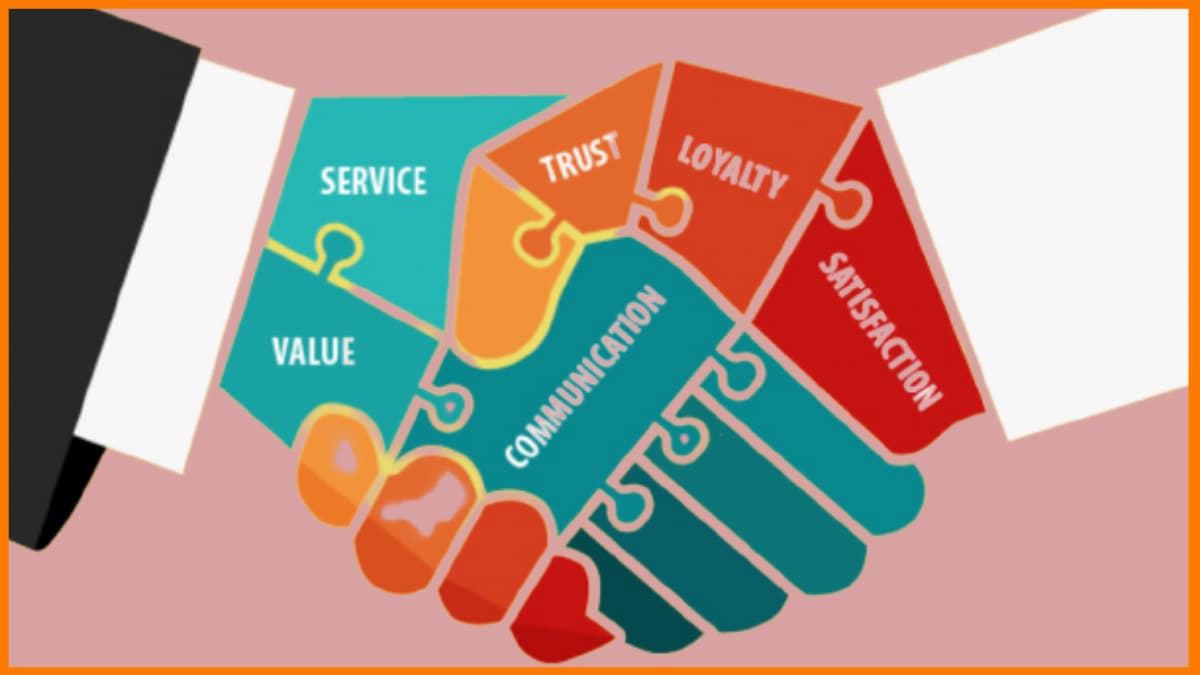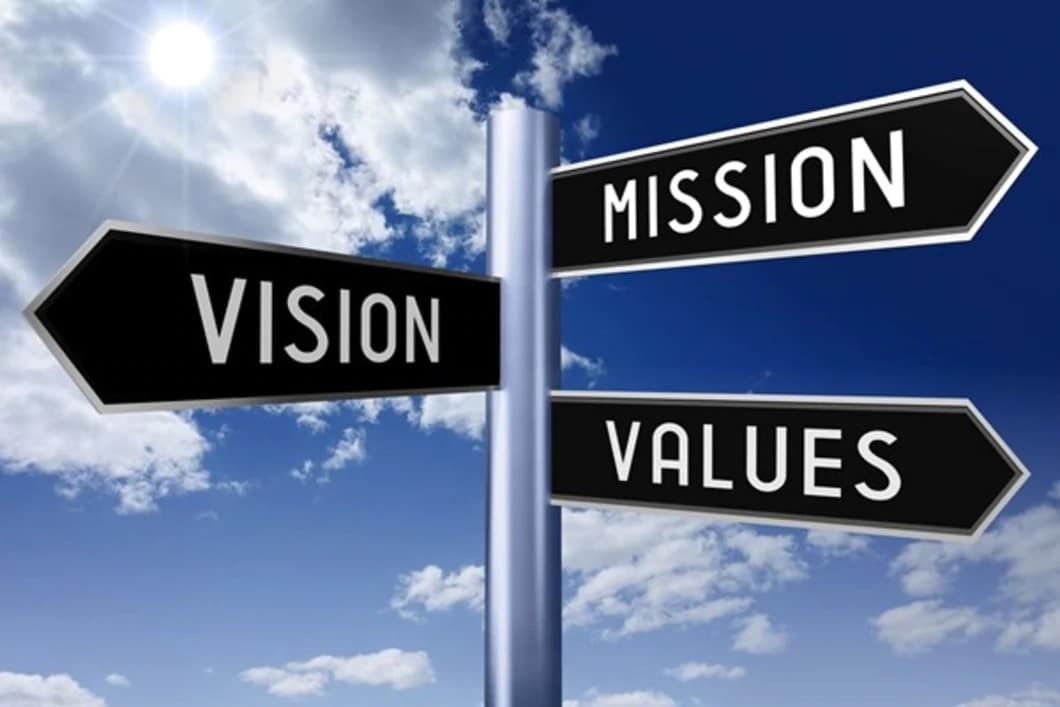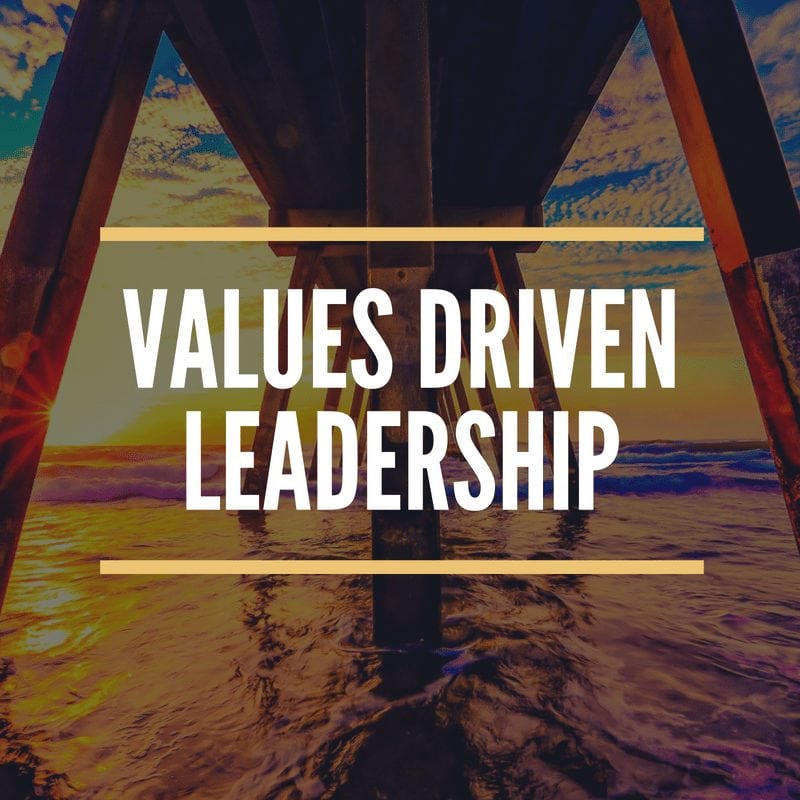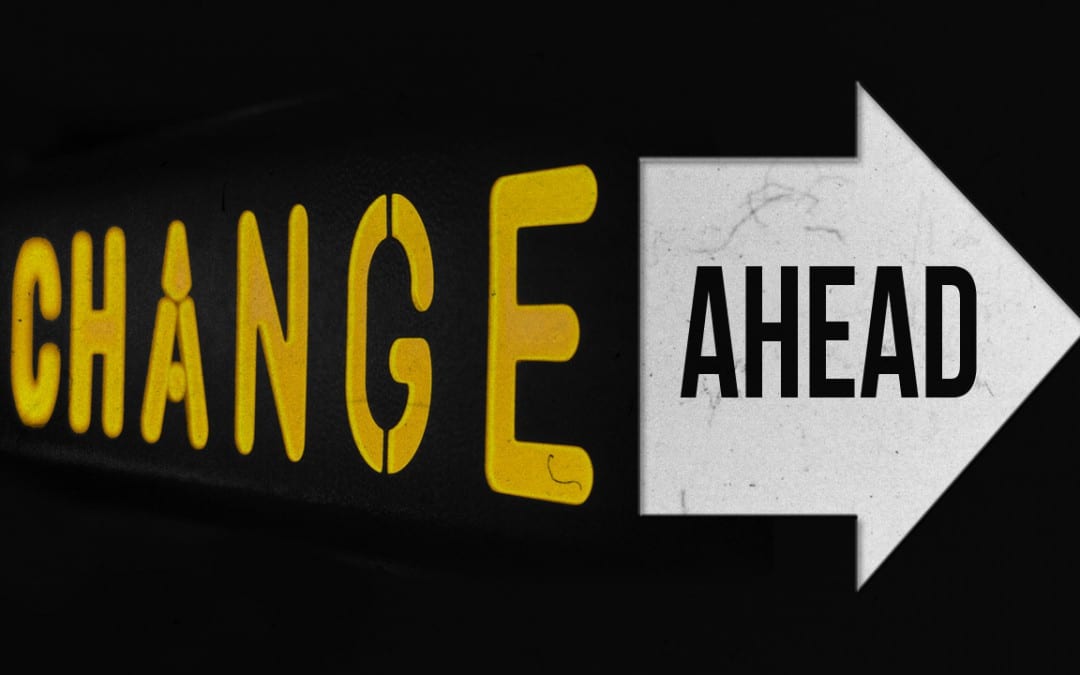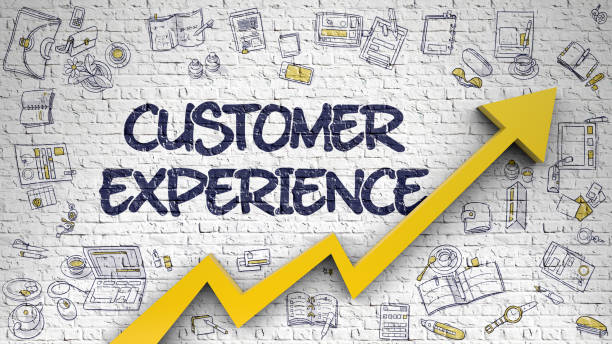
The quality of a customer’s experience sits at the heart of successful organizations. Every customer needs to receive an excellent experience at every point of service, irrespective of time, geography, and channel. This can seem like an overwhelming and perhaps even unachievable aspiration. But with the right approach, it is possible to ensure that every customer and service user that interacts with your organization, has a positive experience.
The implementation and use of AI services and functions has exploded in the last ten years. In particular, it is a powerful tool for data collection, targeted marketing, and the management of ever more complicated automation processes.
Organizations are now increasingly seeing the opportunity to deliver great customer experiences every time by using more advanced AI: to connect with customers and to address their problems and queries. In one-way, Artificial Intelligence might be the future of customer experience.
Access any time
The world is no longer a Monday to Friday, 9-5 place. This has been evolving for some time but has been accelerated dramatically by the impact of COVID-19. Hybrid working schemes are enabling people to work to their own rhythms. This is changing when customers usually engage with products and services.
In a world that doesn’t sleep, keeping up with providing a positive customer experience, can be challenging. This is one area where AI will always have the upper hand on humanity. It needs no sleep, rest, or breaks.
AI that is consistently accessible and able to deal with multi-layered queries, problems or concerns is pivotal in the digital age. Customers don’t want to wait until your opening hours for a response. If they can’t get it from you, a competitor will surely address their needs.
Values-aligned AI
How your customers and service users feel about your organization is largely down to the experience they have, not only of the goods or services they purchase, but the experience of buying from start to finish. If they encounter difficulties on this journey, they are less likely to make a purchase or become loyal customers.
The same is true of implementing AI systems and processes into your organization. If they aren’t aligned with your values, they will not generate positive customer experience. Consider Virgin Media, who prize heartfelt service as one of their core values. And yet, it is next to impossible for customers to reach them. An unending complaints system does nothing but create digital feedback loops, sending customers round and round in circles.
AI can be of incredible benefit to your organization when used innovatively to create benefit/value. But not when used as a cost saving exercise to replace humans that could more satisfactorily solve complaints and queries.
Individual Service
AI is vastly superior to humans in learning and storing information. The more experiences it is given, the better and more adaptive it becomes at resolving problems. Herein lies one of the key benefits for using it to enhance customer experience.
Human service agents are of course still far better at providing a positive sense of feeling and engagement with the customers. But this is often only done at the point of service. AI can improve all elements of the customer journey. From initial contact to complaint resolution, and most importantly into post purchase relationships. It can provide highly specific and targeted advertising content to individual customers across a range of platforms instantly.
The best human customer experience manager might be able to keep up with hundreds of personal preference, desires, and personalities. AI can handle millions of data points, predicting behaviour and acting on it in real time.
The space when customers think about your organization might only be for five minutes of their day. Having the ability to target specific advertisements and offers directly to this window is an incredible powerful tool in driving organizational awareness and sales growth. Done well, it simultaneously gives the customer a positive experience of your offering.
The Future
There is a reason that Amazon is so popular. It is not luck, but innovation driving its success. Putting AI to work, knowing what we want before we want it, and ensuring we get it within a day, has driven huge financial success at Amazon.
Their offer and performance even cause some people to look past our social and environmental responsibilities because the customer journey has become so positive, we know it will feel good to keep ordering the things we want.
The next big question is coming because of this era of instant gratification, where anything we want is available: Will AI continue to facilitate customer experience, or has it already begun to lead and direct it?
SERVICEBRAND GLOBAL
At SERVICEBRAND GLOBAL we take a positive and forward-thinking approach to the future. It can be anxiety inducing to face the challenges of the coming decades. If you are struggling to identify the right way to engage with your customers, the way that best fits your organisation, we can help.


